My Talks
Talks are generally 90 minutes long, but can be shortened or lengthened to suit circumstances. Below are a list of talks that Debbie has prepared, other bespoke talks could also be prepared on request.
The Mammals of Derbyshire
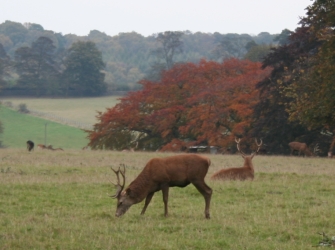
Derbyshire has at least forty species of mammals and has gained and lost some species in recent years. This talk will look at the mammals in Derbyshire, past, present and future drawing upon the work of the Derbyshire Mammal Group and the recent publication the Mammals of Derbyshire.
The Wildlife of Derbyshire's Parkland
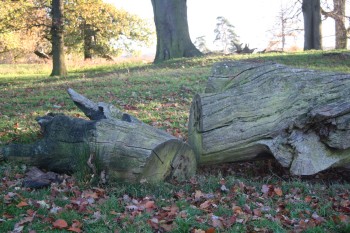
The Domesday book recorded approximately 24% of Derbyshire was covered by wood-pasture or parkland. Some of those survive today and along with the old trees a whole host of wildlife lives in and around parkland. This talk will look at the wildlife associated with Derbyshire's parklands, both currently and in the past. Many of Derbyshire's fantastic parklands are owned and managed by the National Trust.
If Old Trees Could Talk!
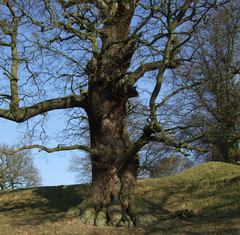
Veteran trees are full of character and wildlife. Large and iconic trees have played an important part in our culture and history as well as being a home to some fascinating wildlife. There are many trees in the UK which have stories associated with them, including some in Derbyshire. This talk will tell some of those stories, and uncover why they are so good for wildlife.
The Wildlife of the South Downs
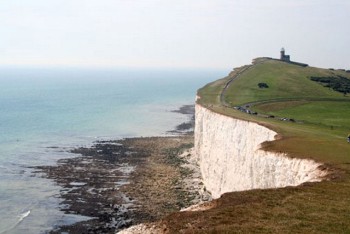
The chalky landscape of England's newest National Park is home to some gentle landforms and fascinating wildlife. Wildlife specialities include the Adonis Blue butterfly, the Round-headed Rampion and moon carrot on the rare habitats of chalk downland and limestone heathland.
The Isles of Lundy and Skomer
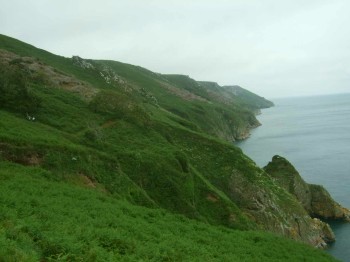
An illustrated talk about the wildlife, especially the birds, on the Isles of Lundy and Skomer. The islands are both fantastic nature reserves in the Bristol Channel. Each has its own unique species.

